Contrabassoon Jazz 1 & 2 - CBSN
Composer: McConochie, Thomas
Publisher: TrevCo
Edition: 71475
$18.00
Contrabassoon Jazz 1 & 2
for contrabassoon solo
by Thomas McConochie - Australian composer
Solo Contrabassoon Jazz 1 and 2 are arrangements and re-workings of music that I originally composed for solo horn (called Low Horn Jazz 1 and 2). In arranging them for solo contrabassoon, I received some excellent feedback from professional contrabassoon players on the Facebook group “Contrabassoonists United” that helped make the music playable on contrabassoon. This included things like removing “brass player multiphonics” and replacing them with more natural sounds and techniques for contrabassoon (such as trills or just using a single line of music with normal playing technique). Thank you to the global community of contrabassoon enthusiasts.
The musical language of these pieces is my own conservative take on progressive jazz. I was inspired to compose the music (originally for horn) after playing Douglass Hill’s piece, Jazz Set for Solo Horn. Some of the progressive (extended) techniques carry over well on contrabassoon, such as flutter tongue and different types of glissando (a sliding pitch bend between adjacent notes and a gliss over a wider range). Some techniques I had to omit (like stopped horn and brass player multiphonics) and rewrite the corresponding bars of music. The result is music that is more playable on contrabassoon.
I also wanted the composition to be coherent and not just a collection of disjointed ideas (which is many compositions labelled as progressive music are often perceived). Hence, the music is more classical in form. Both pieces are in ternary form and musical ideas are developed in easily identifiable, classical ways.
The compositions explore musical ideas in playful ways. For example, No.1 contains a short “dialogue” between the high and low registers and the main musical idea of No.2 explores dissonant intervals of tritones and minor sevenths. I think these pieces successfully combine elements of classical, jazz, and extended technique in a way that is accessible and enjoyable for both performers and listeners.

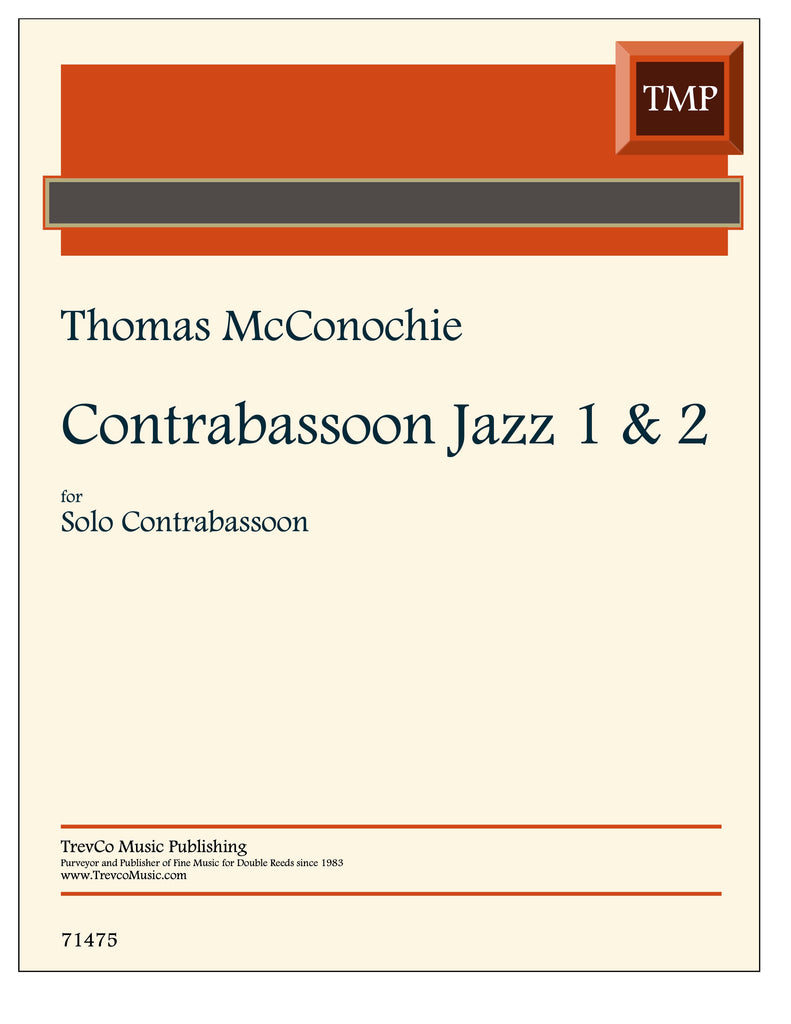
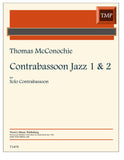
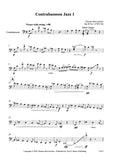
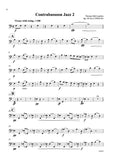
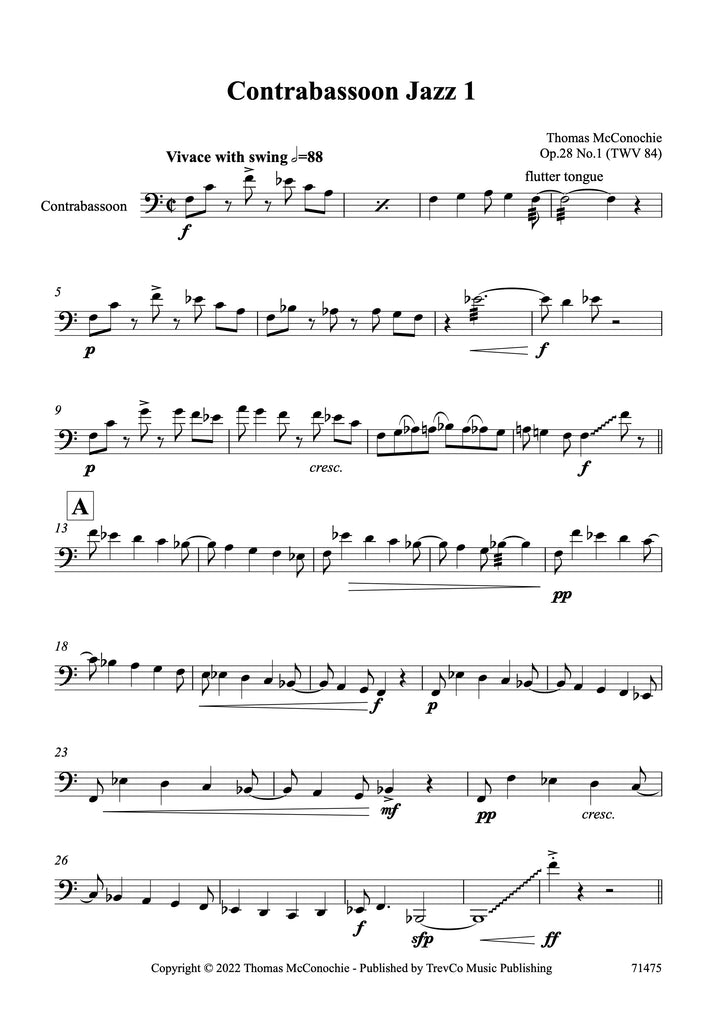
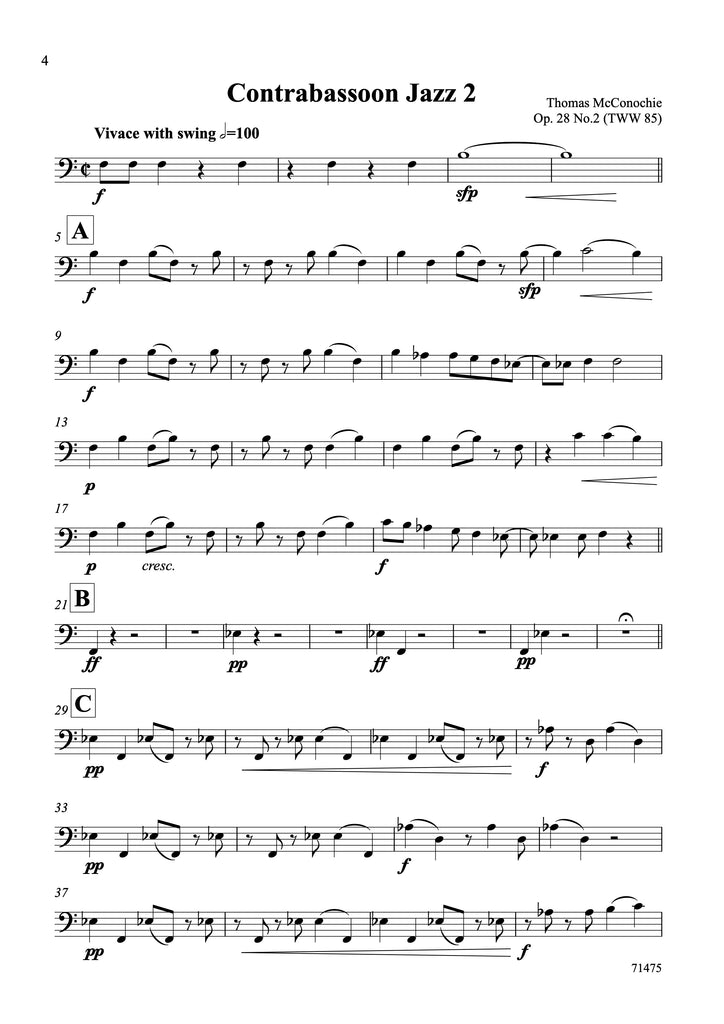
Share this item: